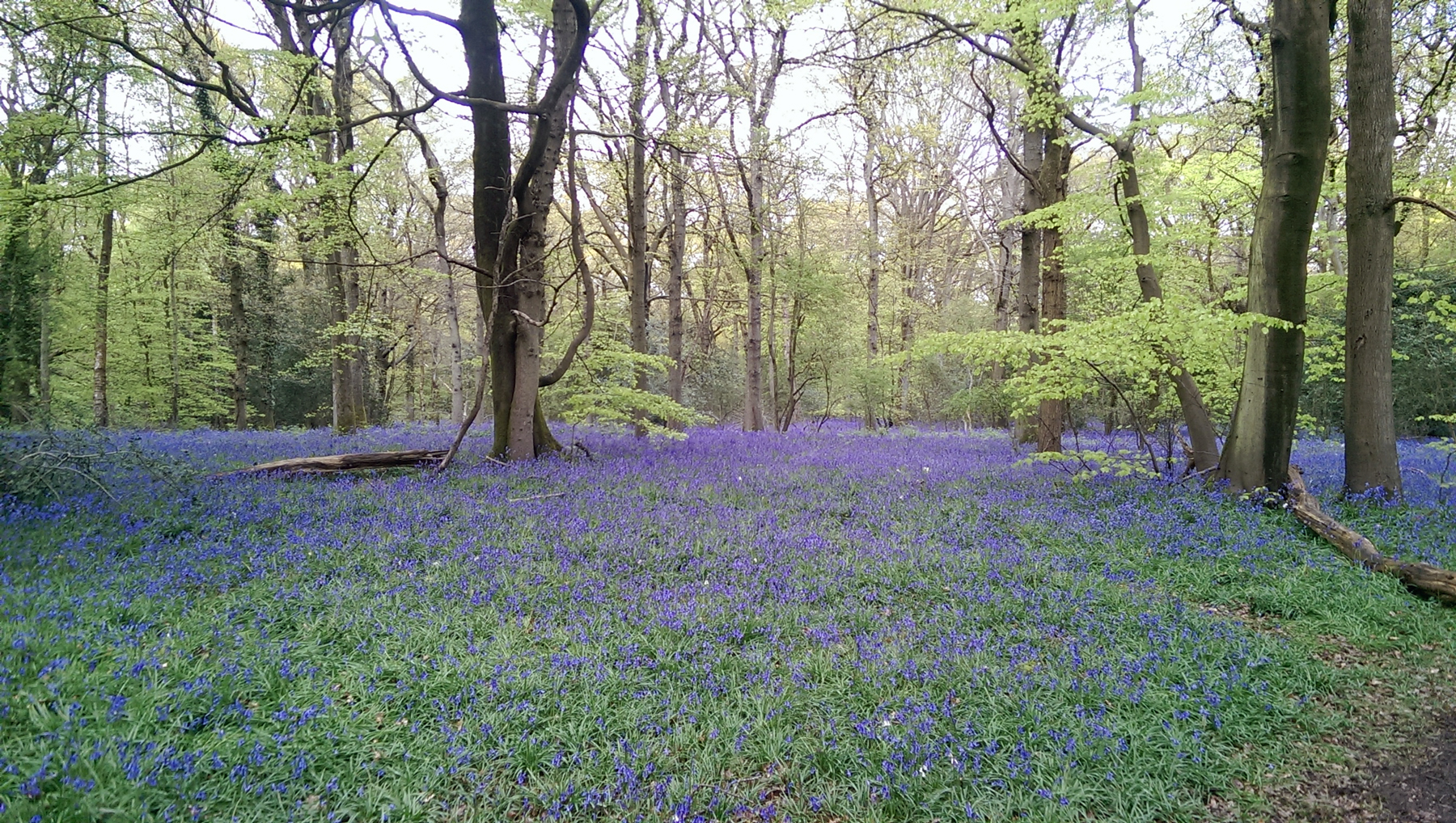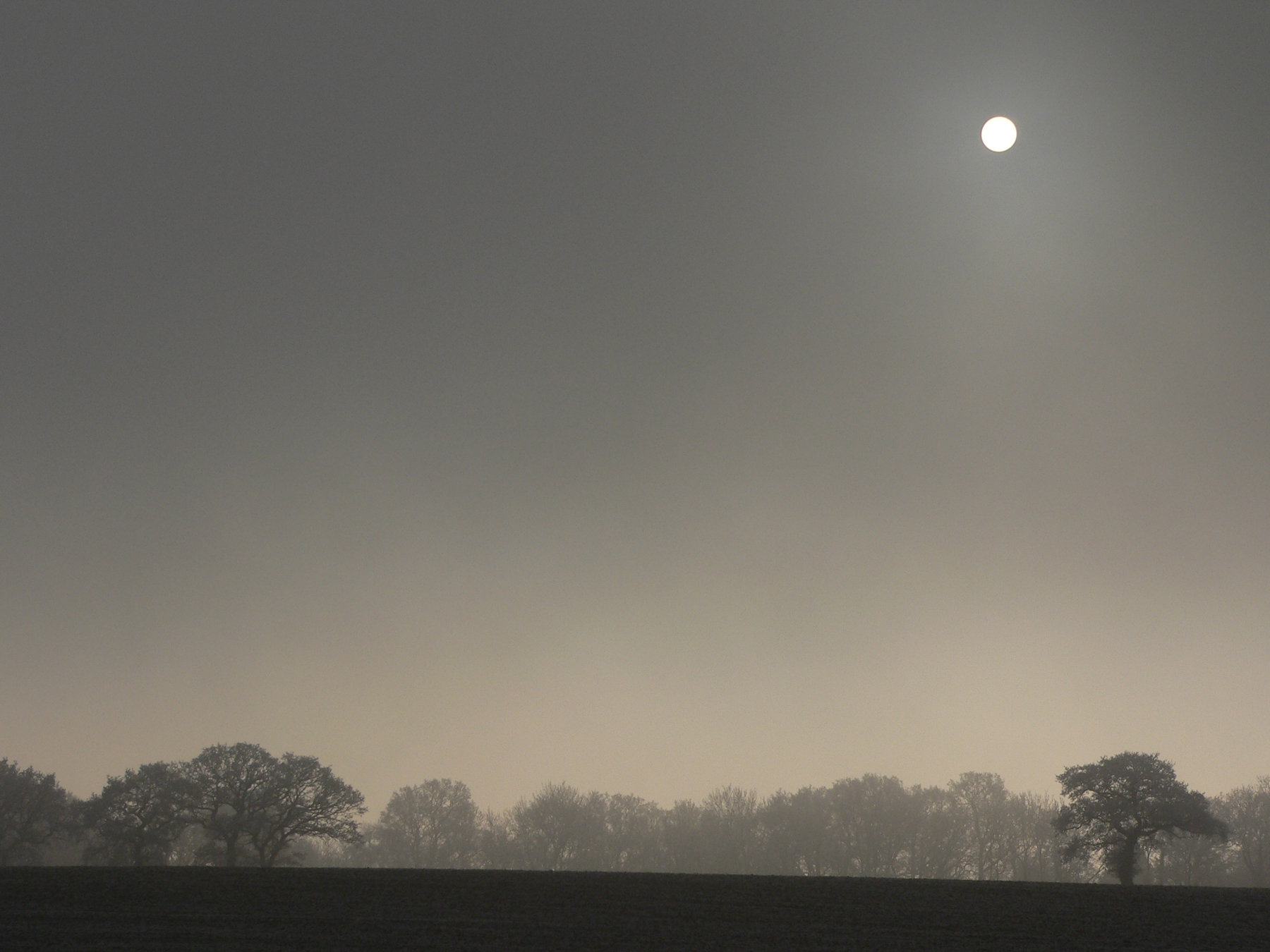Loosening the Green Belt
Loosening the Green Belt
Current planning controls and emerging policies
Earlier this year, Sajid Javid, the Communities and Local Government Secretary, released a White Paper which set out his plans to ‘get Britain building again,’ to mitigate the housing shortage in the UK where there is, apparently, a shortfall of about 250,000 new build homes per year. This sets the antennae twitching of organisations such as the Campaign to Protect Rural England (CPRE), who fear that green belt land will be sacrificed to meet the demand.
Unless Javid reneges on a 2015 election manifesto promise which undertook to protect green belt land ‘for the next five years under a Conservative Government,’ the bold crusaders of CPRE, you would think, can heave a collective sigh of relief.
Or can they?
At the same time as stating that green belt land is sacrosanct, Birmingham City Council was praised by the government for allowing housebuilding on what was a protected area. Thousands of hectares have been identified round Manchester for some 50,000 homes; beautiful open fields near to Oxford colleges, part of Kempton Park Racecourse and sites close to the New Forest have been earmarked too—and none of this include extensions to properties already built on green belt land.

How can this happen?
Local councils are obliged to submit plans to meet housing demand in their region. This may include the re-zoning of green belt land. If it’s not questioned by the Communities and Local Government Department, then it can be taken by councils as a signal of tacit approval. This neatly sidesteps Whitehall responsibility for loosening up the regulations because it can be claimed it was not a government directive, and, what’s more, it fits in with the idea of improved local democracy.
What’s admissible then?
It’s always been possible to build on green belt land but with very strict limitations. There’s a list of permitted exceptions laid out in the National Planning Policy Framework (NPPF):
- Buildings which aid sustainable development or are to be used for agriculture or forestry
- Facilities for outdoor sports and recreation, or cemeteries
- Infilling in villages and limited affordable housing
- Extensions and alterations to existing building, or replacements, which remain proportionate and within the character of the original
One of the most important factors is the design of each building, which must be of high architectural value and quality, and consider the setting, heritage and surrounding context. The bar is set higher all the time—recently in the east of England, for example, state-of-the-art Passivhaus homes which would make the average person drool, were deemed no longer innovative enough for green belt development.[1]
Add to this that the exceptional circumstances put forward to justify the build should outweigh the resulting damage to the green belt—so, for example, demolishing a pub in the Chilterns to make way for four houses was judged to be potentially harmful to the greenbelt and AONB status.[2]
What about permitted development?
Existing buildings in the green belt have the same permitted development rights as dwellings elsewhere (as long as those rights have not been removed)—so local planning authorities don’t have absolute control over all extensions or alterations to dwellings in their area. Planning guidelines vie with permitted development rights…
It’s also here that the percentage rule comes into play, which allows extensions of property in the green belt usually by up to 50% of the gross floor area of the original building (depending on the local council.) This is set to change, too, because using floor space as the parameter is not entirely satisfactory. It means that a householder could, for example, replace the existing roof with a hugely bulky one which would add considerably to the size and impact of the building, with no additional floorspace. It seems that volume rather than floorspace will be the new parameter and some local councils will consider lowering the permitted percentage increase to 30%.

And what do we do?
Being based where we are on the Kent / Surrey / Sussex borders, a fair amount of our work is to buildings located within the Green Belt. Some of the changes we achieve are via Permitted Development, but some are via Full Planning Applications. Recent successes have included the transformation of The White House, formerly known as the ‘ugly house’ which you can read by clicking here, whilst a current project at the time of writing is work to a house in Kent, achieved under Very Special Circumstances. We have yet to photograph and add this to our website, but in the meantime you can watch a partially completed video by clicking here which shows some of the transformation.
